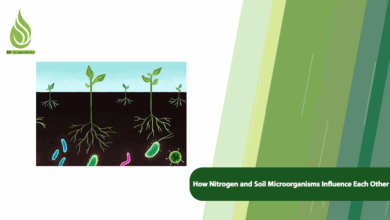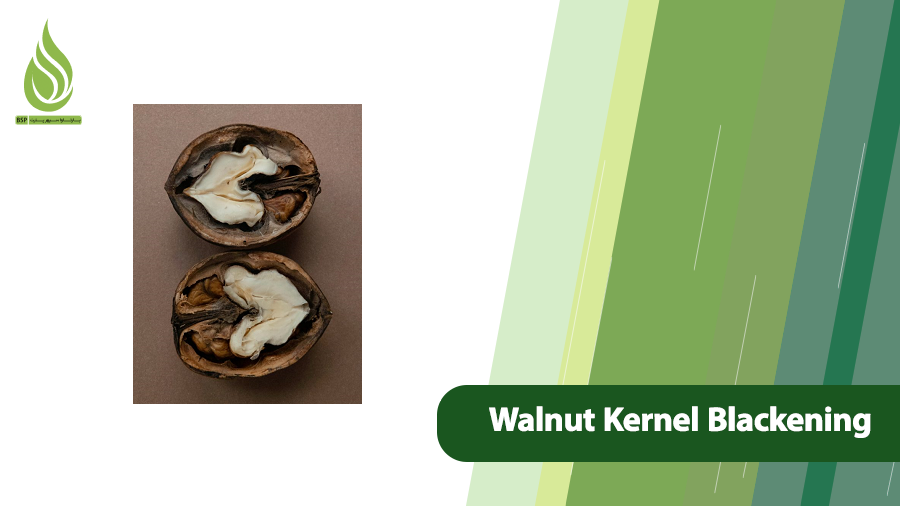
Why Does Walnut Kernel Blackening Happen? How to Can Fix It?
Gardening and cultivating trees always present challenges, and walnut growers are no strangers to these difficulties. One of the most significant issues they face is the blackening of walnut kernels, a problem that diminishes the economic value of the crop. In severe cases, excessive blackening combined with poor kernel quality can discourage customers from purchasing walnuts altogether. To prevent this issue and ensure that walnut kernels remain white, flavorful, and appealing, it’s critical to understand the factors contributing to kernel blackening. In this article, we will explore the reasons behind walnut kernel blackening and provide detailed solutions to prevent it. Join us as we delve into this topic.
Reasons for Walnut Kernel Blackening
The blackening of walnut kernels can stem from a variety of factors, each of which can significantly impact the quality of the fruit. The primary causes include:
- Nutrient Deficiency: A lack of essential nutrients can weaken the tree and affect kernel development.
- Improper Irrigation: Inconsistent or excessive watering can stress the tree and promote disease.
- Unfavorable Environmental Conditions: High humidity, extreme temperatures, or poor air circulation can contribute to kernel issues.
- Fungal and Bacterial Diseases: Pathogens can invade the fruit, leading to discoloration and quality loss.
- Pests: Insects such as the walnut husk fly can damage the fruit and cause blackening.
- Genetic Factors and Walnut Variety: Some walnut varieties are more prone to blackening due to their genetic makeup.
- Frost Damage: Cold snaps or frost can harm developing fruits, leading to internal damage.
- Environmental Stress: Drought, heatwaves, or other stressors can negatively affect kernel quality.
- Improper Drying and Storage: Incorrect post-harvest handling can lead to mold growth or oxidation.
- Harvesting at the Wrong Time: Picking walnuts too early or too late can compromise kernel quality.
Each of these factors, whether acting alone or in combination, can result in blackened walnut kernels. In the following sections, we provide practical, actionable solutions to address these challenges and maintain high-quality walnuts.
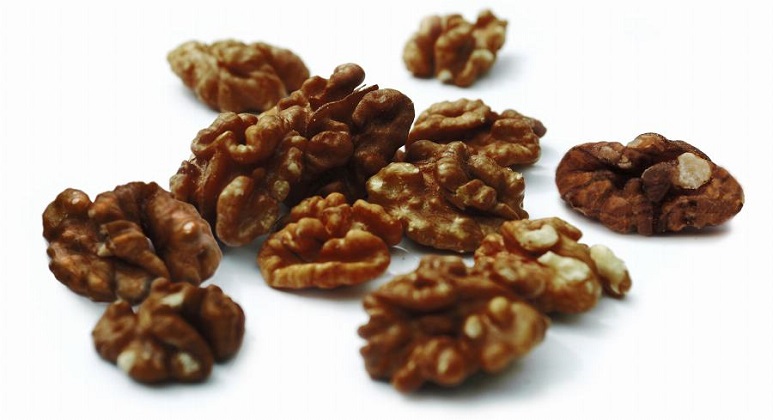
Effective Methods to Prevent Walnut Kernel Blackening
Preventing walnut kernel blackening requires a multifaceted approach, incorporating proper cultivation techniques, timely interventions, and careful post-harvest handling. Below, we outline the most effective strategies to achieve this goal:
Timely Harvesting of Walnuts
One of the most critical steps in preventing walnut kernel blackening is harvesting the fruit at the optimal time. The ideal moment to harvest walnuts is when the green husk begins to crack, signaling that the fruit is mature. When the majority of walnuts on the tree show these cracks, it’s time to begin harvesting. Delaying the harvest can lead to over-ripening, which increases the risk of blackening, while harvesting too early can result in underdeveloped kernels.
Once the walnuts are collected, it’s essential to remove the green husk as quickly as possible. Leaving the husk on for too long can trap moisture, fostering mold growth and blackening. Prompt husk removal is a simple yet effective way to preserve kernel quality.
Proper Drying of Walnuts
After harvesting and husk removal, drying the walnuts is the next crucial step. Proper drying is vital to prevent blackening, mold, and other quality issues. To dry walnuts effectively, follow these guidelines:
- Remove the Green Husk Promptly: After harvesting, separate the green husk from the walnut to prevent moisture retention.
- Choose an Appropriate Drying Location: Place the walnuts in a dry, cool, and shaded area with good ventilation. The ideal drying temperature ranges between 15 and 20 degrees Celsius.
- Ensure Even Drying: Spread the walnuts evenly on a flat surface or mesh to allow air circulation. Avoid piling them too densely, as this can trap moisture.
- Avoid Direct Sunlight: Never expose walnuts to direct sunlight during drying, as it can cause discoloration, oxidation, and a loss of flavor. Sunlight can also degrade the kernel’s texture and appearance.
- Monitor Drying Time: Drying typically takes 2 to 4 weeks, depending on environmental conditions. Regularly check the kernels to ensure they are fully dry before storage.
For those with access to drying equipment, using a drying machine can streamline the process. These machines dry walnuts more quickly and uniformly, reducing the risk of mold, oxidation, or blackening compared to traditional air-drying methods.
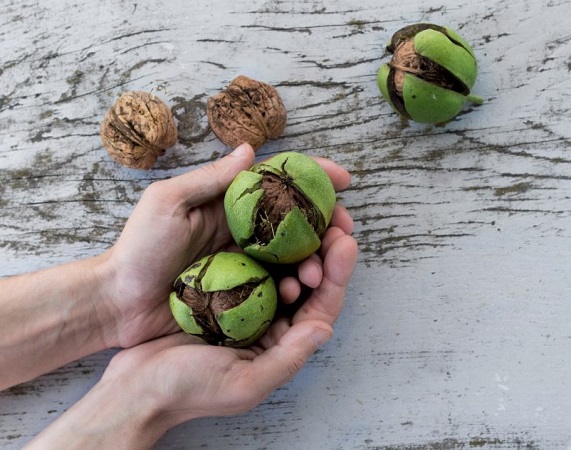
Irrigation Management
Proper irrigation is essential for maintaining healthy walnut trees and high-quality kernels. Both under-watering (drought stress) and overwatering (waterlogging) can harm trees and increase their susceptibility to diseases. Overwatering, in particular, creates a moist environment that encourages fungal growth, which can lead to kernel blackening.
To achieve balanced irrigation, consider the following:
- Use Efficient Irrigation Systems: Drip or subsurface irrigation systems deliver water directly to the root zone, minimizing surface moisture and reducing the risk of fungal diseases.
- Monitor Soil Moisture: Regularly check soil moisture levels to ensure the trees receive adequate water without becoming waterlogged.
- Adjust Irrigation Based on Weather: During rainy periods, reduce irrigation to prevent water accumulation, while increasing it during dry spells to avoid drought stress.
By maintaining consistent and appropriate irrigation, growers can support healthy tree development and minimize conditions that contribute to kernel blackening.
Proper Fertilization
Walnut tree fertilization plays a pivotal role in walnut tree health and kernel quality. Applying the right fertilizers at the right time can enhance the whiteness and flavor of walnut kernels. Key nutrients that contribute to kernel quality include:
- Nitrogen Fertilizer (Urea): Supports overall tree growth and kernel development.
- Calcium: Strengthens cell walls and improves kernel texture.
- Potassium: Enhances fruit quality, kernel color, and tree resilience to stress.
- Iron and Magnesium: Promote healthy kernel formation and prevent discoloration.
Potassium, in particular, is highly effective in improving kernel color and protecting trees from environmental stressors. Fertilizers should be applied during the early growth stages of the tree and again as the fruit approaches maturity, typically close to harvest time. Soil testing can help determine nutrient deficiencies and guide fertilization plans to ensure optimal results.
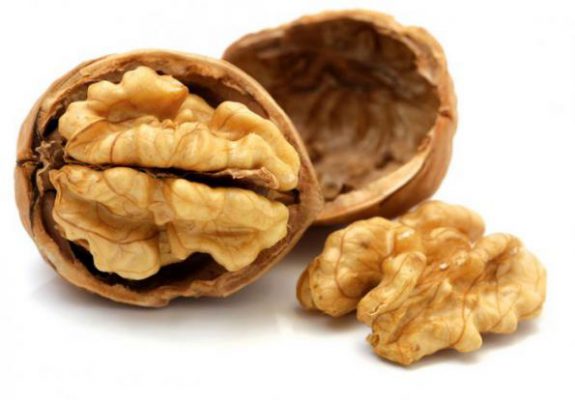
Improving Environmental Conditions
Creating favorable environmental conditions is essential for preventing walnut kernel blackening. Key considerations include:
- Proper Tree Spacing: When planting walnut saplings, maintain adequate spacing to ensure good air circulation and reduce humidity around the trees. Poor spacing can trap moisture, creating a breeding ground for diseases.
- Frost Protection: During cold spells, protect trees from frost damage using methods such as lighting fires in the orchard, employing heating devices, or wrapping tree trunks with insulating materials.
- Heat Management: Excessive summer heat can damage walnut fruits, leading to blackening. When selecting a planting site, choose regions where summer temperatures do not exceed 36 degrees Celsius, as these are better suited for walnut cultivation.
- Water Stress Management: Consistent irrigation practices, as discussed earlier, help mitigate water-related stress and maintain tree health.
By addressing these environmental factors, growers can create a more hospitable growing environment and reduce the likelihood of kernel blackening.
Cultivating Resistant Varieties
Walnut trees come in various varieties, each with unique characteristics suited to specific climates and conditions. Some varieties are more resistant to diseases, pests, or environmental stressors, making them less prone to kernel blackening. When selecting a walnut variety, consider the following:
- Regional Suitability: Choose varieties that thrive in the local climate and soil conditions.
- Maturity Timing: Early- or late-maturing varieties may be more susceptible to blackening or hollow kernels, depending on the region. Select varieties that align with the growing season.
- Disease Resistance: Opt for varieties known for their resistance to common walnut diseases, such as walnut blight.
By planting resistant varieties, growers can proactively reduce the risk of kernel blackening and improve overall crop quality.
Controlling Diseases and Pests
Pests and diseases, particularly fungal and bacterial infections, are among the leading causes of walnut kernel blackening. Common issues include walnut blight and walnut husk fly infestations, both of which can degrade kernel quality and cause discoloration. High humidity exacerbates these problems, creating ideal conditions for pathogens to thrive.
To manage diseases and pests effectively, implement the following practices:
- Regular Inspections: Conduct routine checks of trees to identify early signs of disease or pest activity, allowing for prompt intervention.
- Targeted Pesticide Use: Apply appropriate fungicides or insecticides based on the specific pest or disease identified. Always follow recommended guidelines to avoid overuse.
- Remove Infected Material: Collect and burn infected leaves, husks, or fruits to prevent the spread of pathogens.
- Maintain Orchard Cleanliness: Clear plant debris from the orchard floor, as it can harbor pests and diseases.
- Proper Pruning: Prune trees regularly to improve air circulation and reduce disease risk. Ensure tree pruning tools are sanitized to prevent cross-contamination.
By staying vigilant and proactive, growers can minimize the impact of pests and diseases on walnut quality.
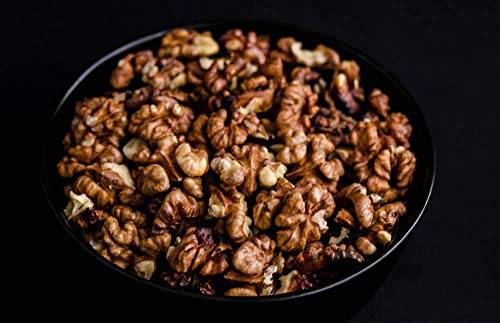
Is There a Treatment for Walnut Kernel Blackening?
Unfortunately, there is no effective treatment for walnut kernels that have already turned black. Once blackening occurs, the kernel’s color and quality cannot be restored. Given the lack of a cure, prevention is the most effective strategy for maintaining healthy, high-quality walnuts. By implementing the preventive measures outlined above—such as proper irrigation, fertilization, pest and disease control, environmental management, timely harvesting, careful drying, and the use of resistant varieties—growers can significantly reduce the risk of blackening and produce a superior crop.
In conclusion, preventing walnut kernel blackening requires a holistic approach that addresses every stage of cultivation, from planting to post-harvest handling. By adopting these best practices, walnut growers can protect the health of their trees, enhance kernel quality, and ensure a profitable harvest. With careful management and attention to detail, it’s possible to produce walnuts that are white, flavorful, and highly desirable in the market.
